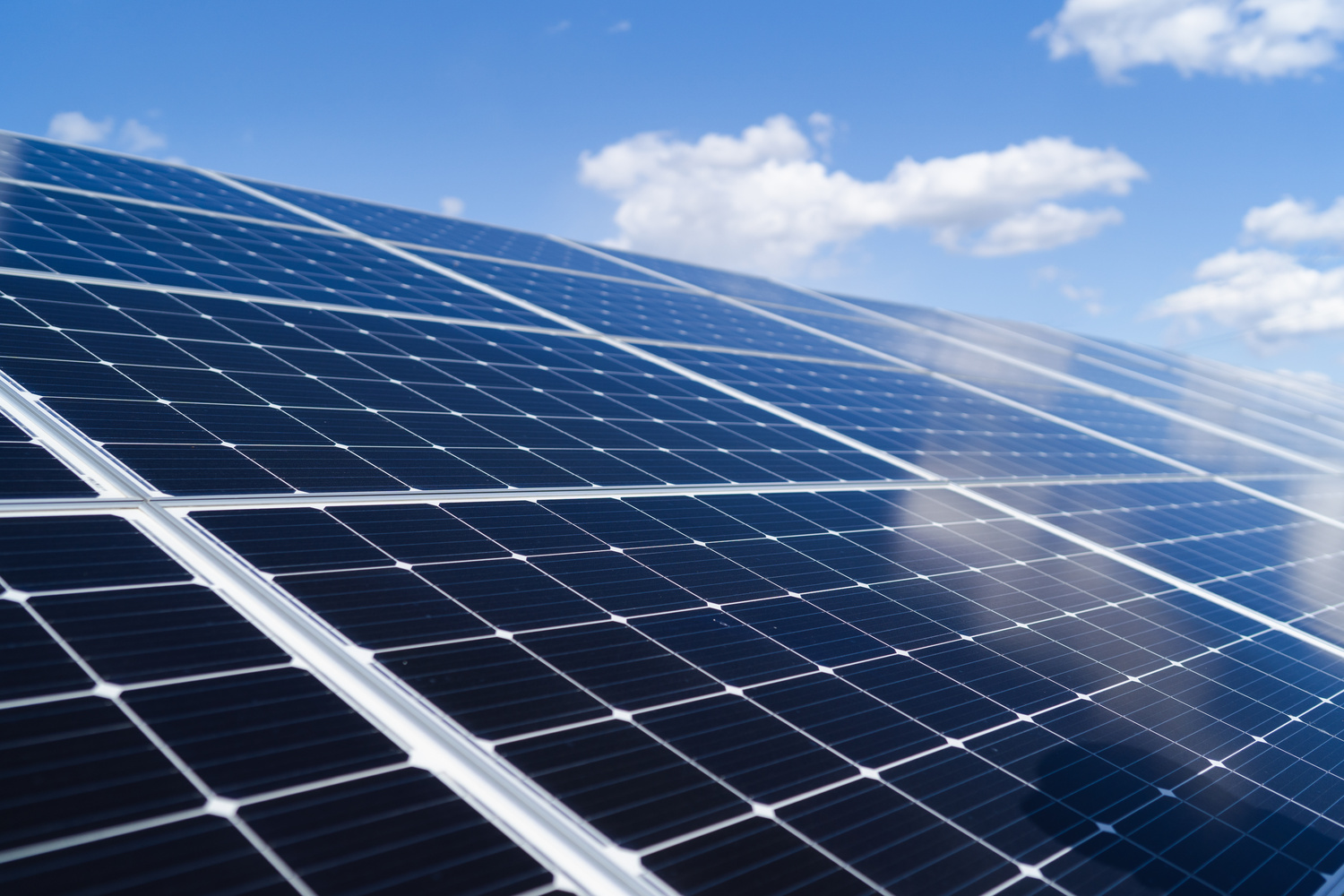Electrification & Efficiency
Energy Efficient & High Performance Buildings
While switching to renewable energy ensures we are powering our buildings with clean sources, more efficient energy use reduces the amount of energy we need in the first place. The City aims to reduce energy consumption across all buildings by 10% by 2030.
Improved energy efficiency can be achieved through:
- Better insulation of the entire building envelope
- High-efficiency lighting
- Higher-efficiency heating and cooling systems, like heat pumps
Electrification & Efficiency
Reducing Costs with the Energy Resource Hub
Save on your energy bill while cutting your GHG emissions - all in one place! The Energy Resource Hub helps residents and businesses in Charlottesville and Albemarle County navigate resource efficiency programs, rebates, and incentives. Local nonprofits provide technical expertise and resources, ensuring that the Hub delivers high-quality and impactful services.
The Energy Resource Hub provides support with the following incentives:
- Rebates for energy-efficient appliances, HVAC systems, and weatherization.
- Incentives for solar installation.
- Tax credits for EV purchases and home EV charger installation.
- Tax credits for energy efficiency home upgrades.
- Rebates for businesses installing EV chargers
- Incentives for toilet upgrades and other water conservation measures
Renewable Energy
Optimizing Local Solar Production
Charlottesville can further its transition to carbon-free electricity and significantly reduce its GHG emissions reductions by installing renewable energy systems onsite. These systems offer community benefits including carbon reduction, improved air quality, reduced reliance on the electricity grid, and lower utility bills. The City is aiming to install 10% of Charlottesville's rooftop solar potential by 2030. As of 2021, it is estimated that less than 3% of Charlottesville's rooftop solar capacity has been installed.
To get a sense of how much solar power potential exists on rooftops in Charlottesville, explore the City's interactive map. Click on a property to see more details about annual power potential and electric bill savings.
What You Can Do
Drive the Transition to Renewable Energy & Efficient Buildings
Leading by Example
Municipal Energy and Water Performance
With the City’s established Climate Action Plan and greenhouse gas reduction commitments, they have determined the municipal (City and School facilities) targets to support the City meeting their reduction goals within the committed timeline.
The City has set an FY2030 goal of reducing electricity and natural gas (combined represented as kBtu) by 30% from FY2011 baseline, reaching a 48.9% reduction in greenhouse gas emissions. To achieve the remaining reductions required, a 3.75% annual reduction target will be applied across electricity and natural gas.
For water, the City has set a goal of reducing water usage by 30% by comparing its water use intensity (WUI) from the baseline FY2011 year and meeting this goal by FY2030. To see progress toward this usage reduction goal, they have set an annual goal of a 2% reduction in water usage.
Annual targets will be re-evaluated each year based on progress to date to ensure we are on track to meet the 2030 goal. Targets apply to all municipal facilities which include City and Charlottesville City School (CCS) facilities.
Leading by Example
Municipal Facilities Benchmarked using ENERGY STAR
The City of Charlottesville has 37 facilities (including CCS facilities) benchmarked using ENERGY STAR Portfolio Manager, an online tool that allows buildings to receive a score (1-100) based on the level of energy efficiency compared to similar facilities across the nation. ENERGY STAR for buildings is a measure of operational performance at that point in time. In 2009, the City achieved ENERGY STAR certification for seven facilities that met the prerequisite score of 75.
As many facilities have now had consistent occupancy since FY2022 (post-COVID), the ENERGY STAR scores likely represent an accurate view of energy performance. The City is reviewing space attributes in ENERGY STAR Portfolio Manager based on ENERGY STAR guidance to ensure accuracy with operations and will then evaluate pursuing ENERGY STAR certification for eligible facilities.

